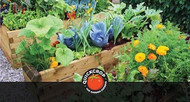What are the best crops for beginners?
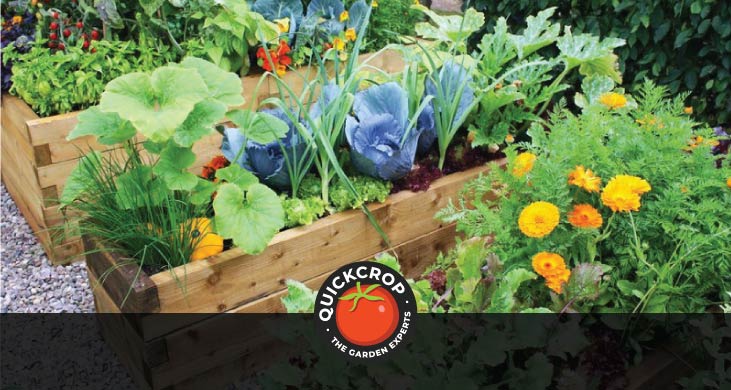
When you’re just starting on your food-growing journey, it’s probably best to be a little selective about what you’re planning to grow. There are some food crops that can prove to be surprisingly difficult to look after, and wrong-foot even the most experienced gardener on occasion.
We here at Quickcrop are firm believers in the importance of getting some good, solid wins under your belt and not over-complicating matters when you’re just starting out. There are a few factors that go into judging what a good beginner crop might be:
- The amount of space needed to grow
- The likelihood of a successful harvest
- The care needs of the crop
- The pests and diseases you might need to watch out for
- The likelihood that the finished harvest will increase your enthusiasm for food-growing!

Raised Bed Vegetable Garden For Beginners
View ProductThe following vegetables are suited to gardens and areas of any shape or size, whether it's a back garden, patio, balcony, or windowsill. They are not 100% foolproof, but these vegetables all have a good chance of first-time success, and will give you the skills you need to expand your gardening prowess.

Onions
Onions can be grown from seed or sets (which are small, immature onions). Sets are the best option for the beginner gardener: they require less work and are more reliable, plus you’ll see the results sooner.
Onions are a relatively trouble-free crop, especially when planted through a growgrid mat which reduces weeding between bulbs. When you’ve gained more confidence and experience in the garden, you can move on to growing from seed, which will reward you with a larger finished crop.

Gro Grid Planting Mat 'D' For Onions & Garlic
View Product
Beans
These are another great choice for the beginner gardener: crops such as runner beans, black beans or broad beans don’t need much attention or work. They are unlikely to suffer from disease, although if there are mice around they can sometimes eat the seeds before they’ve germinated.
Aside from that, bean varieties have very strong and reliable growth, and they also grow well in containers and pots (which should keep the mice away).

Runner Bean 'Corona'
View ProductThe seeds in question are essentially bean-sized themselves, so they’re easy to handle and you can kind of already see how they’re going to turn out (although maybe that takes the fun out of it a bit?!). Generally you can expect fast results.
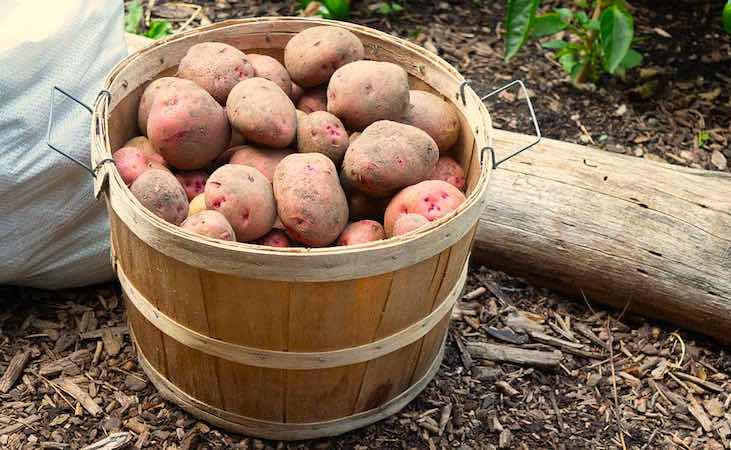
Potatoes
Potatoes are very easy to grow, so long as you have enough space and a decent soil. Once planted, the tubers rarely fail to come up.
With this crop the main issue to worry about is blight - but this can be avoided if you go with early varieties, as blight attacks usually occur in July or August. There are also blight-resistant varieties like Orla and Setanta. (The latter comes highly recommended by Quickcrop due to its delicious flavour).

Orla Seed Potatoes
View ProductIf space is an issue potatoes can also be grown in containers with fresh soil or compost. Bonus tip: we have found using Envirogrind enriched compost will greatly increase yield.
Beetroot
As long as the soil is well-fed and fertile, beetroot is an easy crop to grow and doesn’t tend to suffer from pests or diseases. It will take up very little room in your garden and should be ready to harvest within a few weeks. You get plenty of return on your effort too.
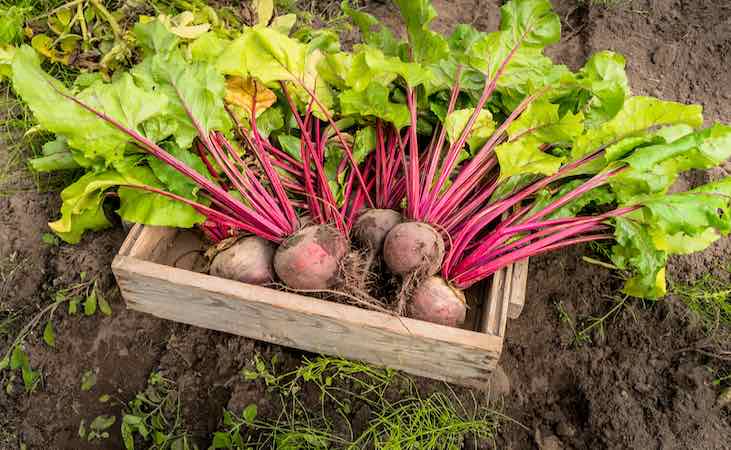
The purple root might be the main attraction when it comes to harvest time, but the leaves can also be eaten when young, tasting similar to kale or chard - except sweeter.
Plant in a sunny spot and thin the seedlings as they develop, remembering to keep the soil moist. When harvested, beetroot can be eaten straight away or preserved and pickled for a sweet and sour flavour.
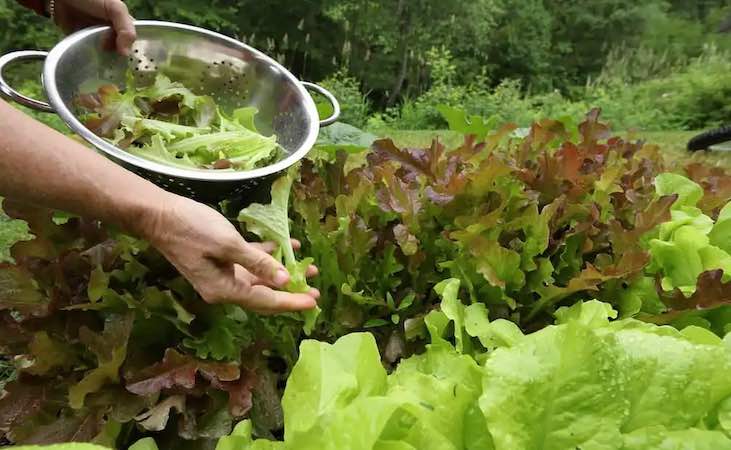
Lettuce
Salads in general are a quick and easy crop to start off with, easing you into the food-growing groove. Lettuce is a shade-tolerant crop and thrives in cooler weather conditions. Baby leaf lettuce can be ready to harvest in 14-20 days, while full heads should be ready in 60-80 days.
Lettuce might sound a bit basic but it can come in a surprising array of textures and colours. It does really well in containers, while planting in seedling trays is a good way of protecting the young plants from slugs and snails, who do like a munch. Transplant them outside in about 3-4 weeks and water regularly.

Lettuce, Cos 'Little Gem'
View Product
Chard
An excellent and tasty choice for the beginner gardener, swiss chard can be grown in a small space and harvested continually, picking from the plant as needed.
Leaves can be harvested early to use in salads, while the fully-grown plant can be cooked like spinach. The stalks of the plant are edible too.
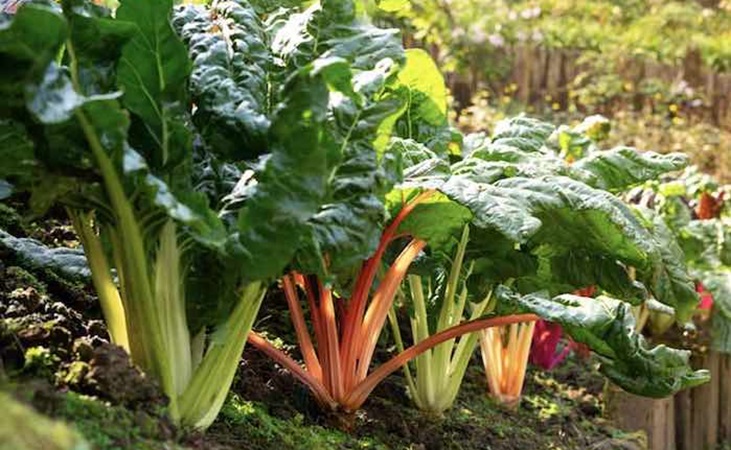
Chard will survive most winters and start growing again when the temperatures start rising in early spring. It will thrive in a rich, free-draining soil.
Tomatoes
Provided you go with the right variety, tomatoes are a very good crop to start off with. They’ll also really bring home to you the benefits of growing your own food: homegrown tomatoes taste so much better and juicier than their store-bought counterparts.
It is important to get the basics right with tomatoes. Namely: provide them with plenty of sun, a fertile, well-draining soil, and in most cases they’ll need some kind of support frame.

Cherry tomatoes are maybe the easiest to grow first-time: try a variety such as Sungold, which has good disease resistance.
Alternatively, our Beginners Tomato Planter Kits are a good place to start: they come complete with organic wormcast compost and seaweed-based tomato feed.

Tomato Planter Kits For Beginners
View Product
Sugar Snap Peas
When grown at home, sugar snap peas will taste far superior to what you can find in the shop. You’ll be pleased to hear that it’s pretty easy to grow too.
It’s a cool-weather crop that suffers from very few pest problems. So long as you provide a climbing support such as a trellis, it can be grown in pots, containers, small beds or in the soil.
Spread some organic mulch around the plants and ensure that they’re watered regularly, and the result should be a very productive crop.
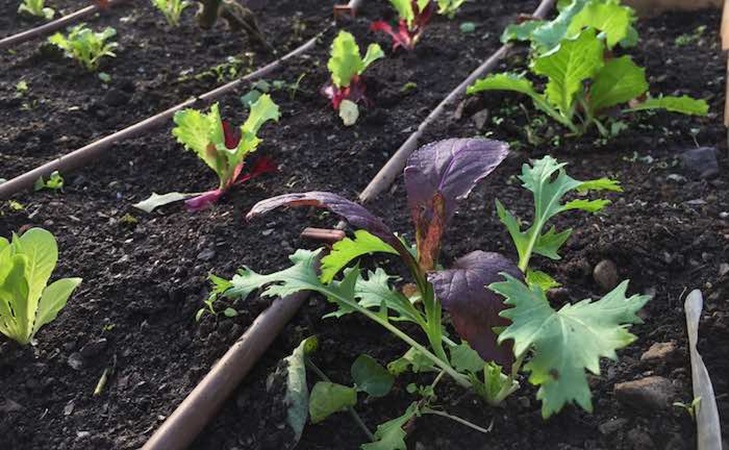
Asian Greens
These nutritious leafy greens are known not just for their mild, subtle flavours but also their low-maintenance needs in the garden.
Mizuna is fast-growing and comes in different varieties, such as the drought-resistant ‘Komatsuna’ or the attractive leaves of Purple Mizuna. The serrated burgundy-red leaves of Red Frills Mustard make for a spicier choice and the plant can be ready to harvest in 20-40 days.
Most asian salads are suitable for the ‘cut and come again’ approach, i.e. you can harvest mature leaves and the plant will keep producing. They will also do really well in cooler temperatures and can be grown successfully in late autumn.

Mustard 'Red Frills' - Asian Brassica
View ProductMaybe the biggest thing to worry about when it comes to asian greens are pests: flea beetles in particular are fond of munching on these crops and can be a nuisance when growing in warmer temperatures.
Therefore it can be a good idea to provide some protection in the form of fleece or enviromesh. You can also dust leaves with some talcum powder, which is known to repel flea beetles.

Enviromesh Netting Bird and Pest Protection
View Product In Conclusion…
Well, that should give you a good idea of some crops to focus on for first-time success. Once you gain confidence in the garden and learn the ins and outs of plant care or pest control, you can start widening your ambitions and growing a wider array of crops.
We’re confident you’ll still have space in your garden for those first-time successes though: they might be relatively easy-to-grow but they’re also very popular, and with good reason. Best of luck!
